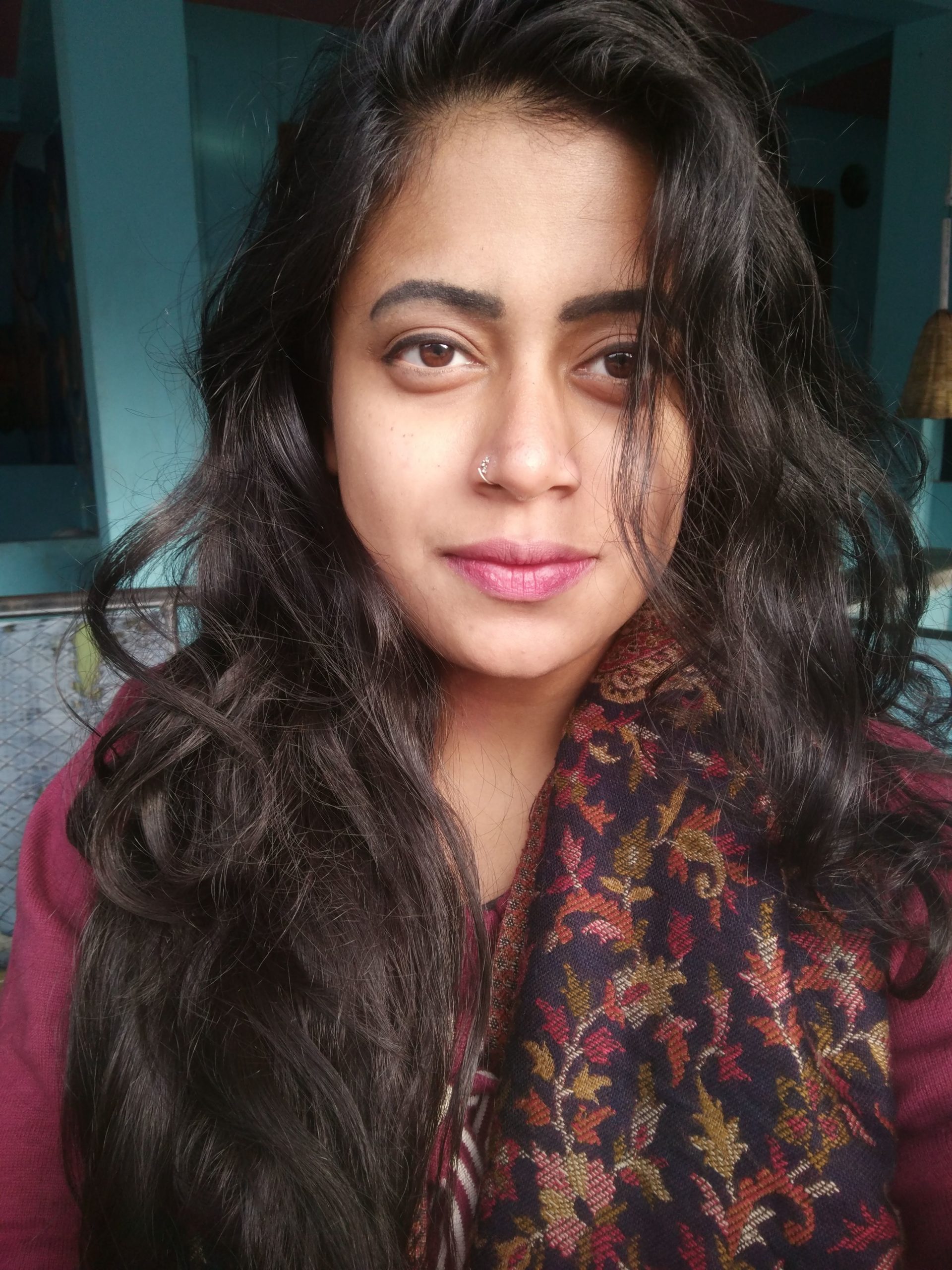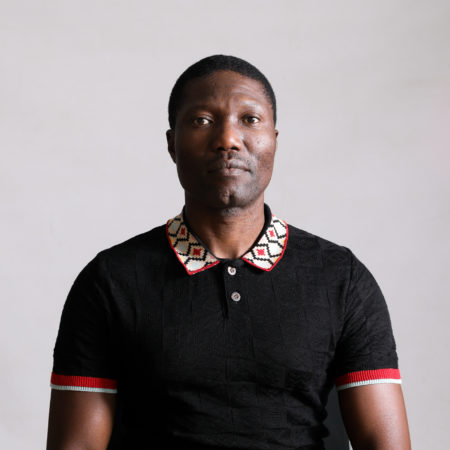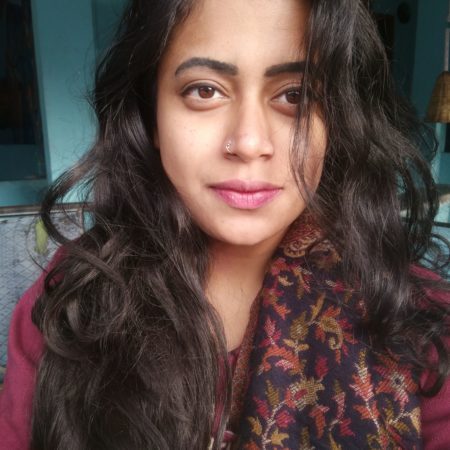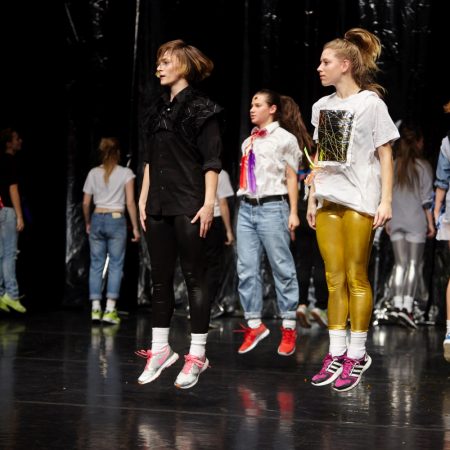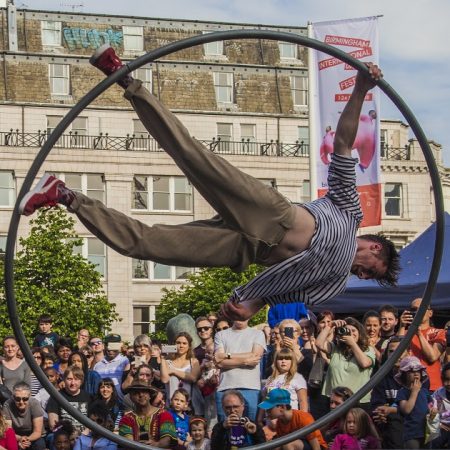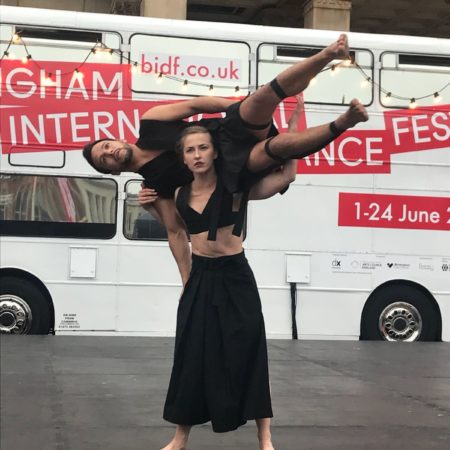Image-i-nation
In a country where identities are dynamic, in-between, multiple and always in a flux, the I between image and the nation is ever entangled. During the pandemic, we have been exposed to our precarious selves and how as dancer-citizens we negotiate our everyday imagined identities.
This curated selection of screendance films pursue a specific relationship of movement/dance to the camera as a thought, a gesture and a character in our lives have become a contemplative space for us to slow down, stop, see, reflect, retract, revisit, relook, and reprocess dance as a thoughtful observation of our personal identities. When our ‘now’ is fragile, identity can never be one thing. Moving away from a noun to a verb, it is not what identity is , but what identity does? It moves through the bodies, crafts processes, manifests emotions, assigns meaning to objects and builds associations as we locate, find, and search our becoming. A mask, a spirit, a piece of pottery,an otherworldly sensation, a memory, a mirror, the camera, the subject, all transmit a kind of identifying.
Each of the screendance films plays with the activist potential of contemplation which invites a different political imaginary that is located in the flux of our inner and outer self. It enables us to see dance differently and different ways of dancing with/for/on camera. The films from different belong-ings of India, invite a new identifying of space and spectatorship offered by the camera, the body, the space, embracing the unfamiliar, uncanny and the haunting of identities we create, lose,retain,resist, subvert, collaborate, and carry forward in our imagining a new world for dance and film.
Dotted Bodies by Prakriti Sharda & Sagarika Debnath
2020 | 11:46
On a wintry afternoon, two women reminisce about their college’s annual production piece over a telephone call. They recall how they slowly lost control over their own bodies while performing a piece on the seven sins, supported by a dimly-lit stage and blasting speakers. Four long summers have come and gone since the event and yet, those eleven dancers continue to safeguard the melancholy and desolation derived from a stage far, far away from their homes. With a cacophonous doom lingering beneath their movements, the dancers reenact their rehearsals from that summer evening. The call traces the journey behind the survival instinct of a dancer when the curtains, lights and stage morph into an echo, synonymous to the seven deadly sins.
https://youtu.be/WPObSp4nVYs
Directors’ Bio
What happens when an enthusiastic philosophy major and a bored engineering graduate meet? An accidental film.
Prakriti Sharda aspires to become an art director, while Sagarika Debnath dreams of making films. They spend their evenings at a tiny coffee shop, debating over films, music and zines. What started out as a photo project, evolved into a study of memories and movement.
Credits
Performance: Kashish Kalia, Riya Singh, Gaurav Rawat, Prakriti Sharda, Shankar Rwalley
Choreographer: Suryaa Sharma
Music: Morchang – Suryaa Sharma
Dialogue : Kashish Kalia, Pragya Kapur, Annanyaa Singh, Prakriti Sharda
Art Direction : Prakriti Sharda
Cinematography & Editing : Sagarika Debnath
The Unilluminated Footage :Pragya Kapur, Vanshika Rastogi
Dekho… Main Hoon (in Hindi) // Look…It’s Me (in English) by Gia Singh Arora
12:00 – 15:00
A renowned Bharatanatyam exponent, choreographer, and teacher Navtej Singh Johar takes people through a transformative inner journey by practising movement, somatics (experiencing the body as distinct from the mind or psyche), dance, and song in a three-day workshop at his house in Sonipat, Haryana.
I hope to leave viewers with the need to reconnect with their bodies and see it outside the purview of function and logic.
I want to say that I am most grateful to have the permission of the participants to let the camera witness their unveiling and their vulnerability. I feel blessed to have shared this space with them. That has been the biggest privilege and honour.
Director’s Bio
Gia Singh Arora is a filmmaker, performer, and dancer. Abhyas Somatics forms the base of her artistic intuitions and impulses. Her practice freely traverses between the Indian classical form, Odissi, and performance art. Traversing the space between classical and contemporary performance, her work attempts to navigate dance on film, forging a deeper relationship between the body, the camera, and the tools of filmmaking. She has previously performed at Yoga Pela Paz, Brazil; Girnar Festival, Gujarat; Goethe-Institut / Max Mueller Bhavan Delhi; Magnetic Fields Festival, Rajasthan; The Method & Tao Art Gallery, Mumbai. Gia is keen on exploring performance and film through each other, by moving away from storytelling tropes and experiencing reality through her own mindful subjectivity.
Credits
Filmmaker: Gia Singh Arora , Mumbai India
Language of Film: English, Hindi
Produced by Jasminder Singh Arora
Director of Photography: Anhjin Kakar
Second Camera: Rahul Gautam
Sound Recordist: Amrita Nanda
Editor: Shubhika Sharma
Sound Design: Anup Bhatt
Khul Khul Ja Singer: Shivani Kumar
Workshop Facilitator: Navtej Singh Johar
Workshop Participants
- Simrat Dugal
- Tarosh Rao
- Anup
- Rakul Rana
- Shivani Kumar
- Maitrika Kumari Rathore
- Vaishnavi Shinde
- Pourjava Ganesh
- Ira Sen
- Gia Singh Arora
Most Special Thanks
- Navtej Singh Johar
- Jasminder Singh
- Deeya Singh
Samnaba-Merge by Surjit Nongmeikapam Bon
15:00 | Manipur, India
Taking inspiration from the Japanese philosophy of kintsugi, the film tries to bring together the different art practices of the indigenous communities of Manipur, mirroring their rituals, lifestyle and food using props such as the Longpi pot of Ukhrul and the pots of Andro. The film experiments with the possibility of bringing both a contemporary art practice and lifestyle closer using local resources. It is an attempt to create a whole with these fragments just like kintsugi. Broken pots and rare props are transformed and translated into an artistic spectacle. Using masks in a spiritual sense, the film also re-visits a popular mythical story.
Using the Longpi (black) pottery of Manipur as an evocation of the interconnected ecologies of craft and performance, the work is an interplay between the body and the region’s history. The dancers collaborate with Longpi potters, becoming hybrid and transcending the human. The pandemic lockdown has exposed the inherent fragility of our daily lives, of our thoughts and how we negotiate the small and big challenges we face everyday. It has also, as in all human endeavour, forced us to find a metaphor for our thoughts, our highs and our lows.
https://youtu.be/wi08t2vZKpE
Credits
Filmmaker : Surjit Nongmeikapam Bon
About Sumedha
Sumedha Bhattacharyya is an India-based interdisciplinary dance artist, researcher, educator, dance filmmaker and a primary caregiver, expanding the potential of camera, traditional dance, mythology and gender. Her practice is thus formulated in a quest to understand what happens in the in-betweens, in the happening, unfolding of a choreographic process. She is currently pursuing her doctoral studies in Spatial Arts at Jindal School of Art and Architecture, with a research focus on understanding the relationship between the woman and the machine (camera)interests including surveillance, memory, space and spectatorship. She is also the founder of her initiative of evolving research-creation lab Duet with Camera and a member of a collective community space Khuli Khirkee.

